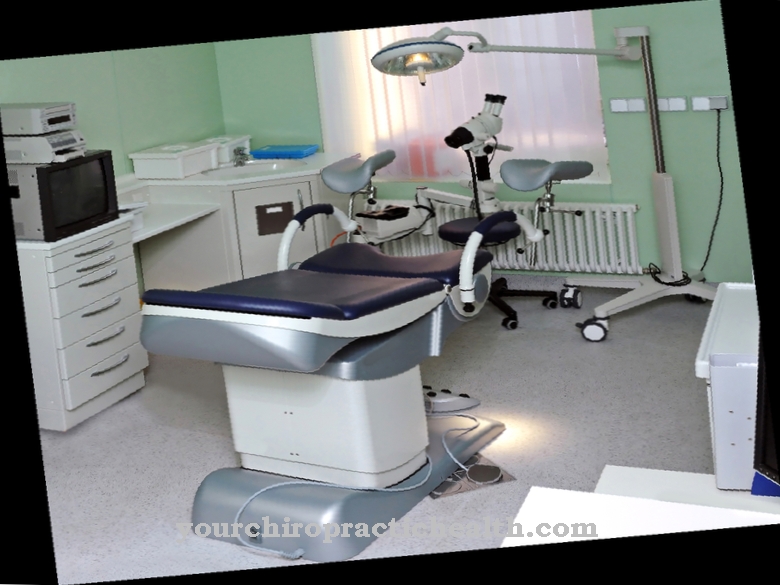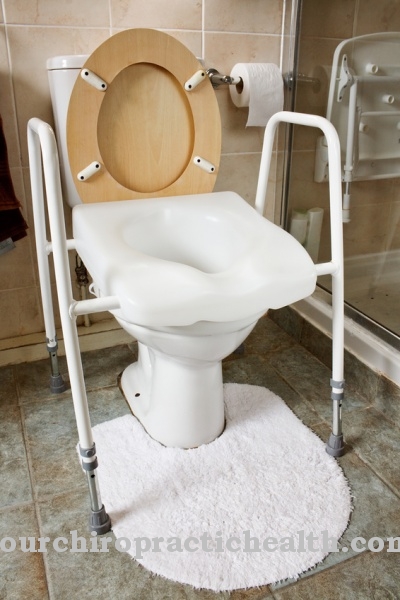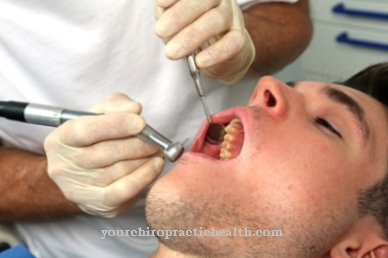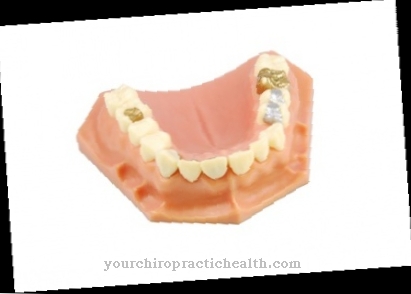The Dental unit is the heart of every dental treatment room. Highly developed, filigree technology in connection with a factually appealing design serves the well-being of the patient and still has to provide high performance every day.
What is a dental unit?

The dental unit is comparable to the surgeon's operating table. All instruments and the entire technology are arranged in such a way that the patient's mouth, teeth and jaw area can be easily reached.
Each dental unit can be spatially divided into three areas. The treatment chair represents the middle area for the patient. It consists of a seat, backrest and headrest. To the right of it are storage areas for trays and quiver racks for motors, in which the devices for the practitioner, i.e. the dentist, are arranged. Similarly, the work equipment for the dental assistants is mounted on the left. The devices for various suction cannulas are particularly important here.
On the newer models, there are clearly arranged touch fields on displays for both the doctor and the assistant element to control the working media. The horizontally swiveling cuspidor is operated by the helpers. The base for the rinsing cup and the water inlet are integrated on the edge of the basin. The treatment field light hangs on a floating arm that is very flexible thanks to several joints and can be operated from both sides.
Shapes, types & types
Although all dental units have identical main functions, there are still differences in the scope of the equipment, technical features, shape, design and color.Storage surfaces can be rigidly mounted or attached to swivel arms in a very flexible manner. On some models, hoses hang under the motor sleeves. In other versions, the supply lines for water and electricity are routed from above via rollers and only pulled out when required.
In every type of dental unit, an instrument for air, water and spray functions is integrated in the dentist element. A high-speed motor and two motors for lower speeds are also part of the minimum equipment. Other instruments, such as electrosurgery, ultrasound to remove tartar, airbrush or digital X-rays can also be available. These instruments are also available as individual devices.
The seat surfaces, backrests and headrests of the patient chair can have different widths. The respective upholstery gives a softer or harder seating feeling. Any armrests that may be present give the patient the impression of being stable. Almost anything is possible in terms of colors.
Manufacturers even offer mobile dental units that can be used in multiple treatment rooms and for home calls.
Structure & functionality
The main switch, which is used to activate electricity, water and compressed air, is located in the base under the treatment chair. The amalgam separator, a legally prescribed device for wastewater treatment, is also located in the lower area of the dental unit. Specialized companies dispose of the sludge collected in it, as it can contain toxic mercury.
Numerous control panels for the individual instruments are arranged behind hygienic touch foils on the displays on both sides of the patient chair. The treatment chair can be adjusted in height from here. In addition, the angle between the seat and the backrest as well as the headrest can be adjusted depending on the required treatment position. The light intensity, the filling of the bowl and the circular flush function of the cuspidor are controlled by push buttons.
Feed hoses, motors as well as handpieces and contra-angles form a unit that is held in the quivers of the swivel / floating table. Only then do the rotating instruments such as drills or polishers take up. Since different speeds are required for different preparation processes, there are setting parameters for this on the display.
The water supply in the handpieces can be switched on or off. Further settings regulate the light intensity and light temperature of the work area light. X-ray images can be viewed on the X-ray viewer during treatment.
A foot switch belongs to every dental unit. Only when you press it does the motor taken from the quiver receive power and can start up. The practitioner can also use the foot switch to regulate the sitting position and left or right rotation in the handpieces.
Device parts belonging to the dental unit are complex to maintain. Maintenance must be carried out by the technical customer service at specified time intervals. All processes are documented and in some cases checked by the authorities.
You can find your medication here
➔ Toothache medicationMedical & health benefits
Dental units are standardized in such a way that every practitioner can immediately work on a unit that is not theirs. They are ready for use quickly when electricity, water and compressed air are available. All tiny components can be sterilized or at least disinfected. This reduces the risk of infectious germs to a minimum.
The constant technical improvement of dental units also optimizes the quality of treatment. Good suction of saliva and abrasive particles helps to keep the work area dry. Special lamps allow a clear view. Fillings that are placed in an environment prepared in this way have a much longer shelf life. Filling margins seal tightly and thus prevent the spread of new caries in the dentin.
Modern ultrasound devices remove tartar almost painlessly and in some cases much more precisely than hand instruments could. Blood and other excretions are discreetly removed through suction cannulas. With these conveniences, some patients delay their next visit to the dentist less. Tartar, inflammation and carious areas are recognized in the early stages and eliminated in good time before pain occurs. Root fillings and extractions are also required less often.
The average dental health of the population is increasing steadily. The friendly atmosphere with soft colors and harmonious shapes not only relieves fear of adults, but also children experience their first dentist visits as a relaxed preventive care. This creates a positive attitude towards future treatments.
























.jpg)


